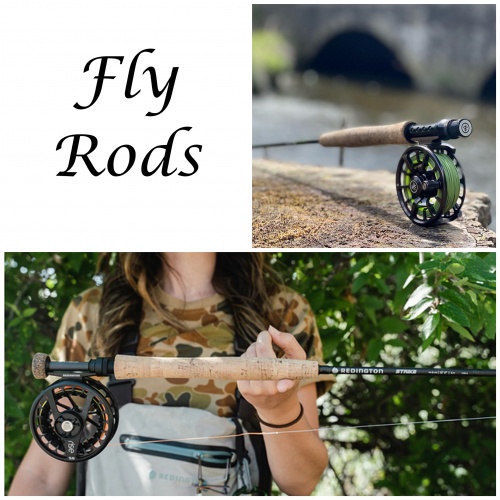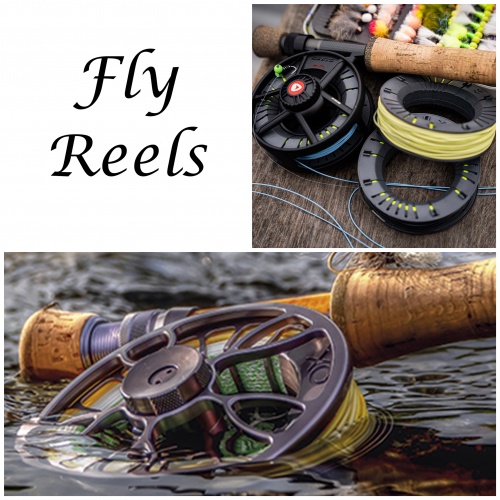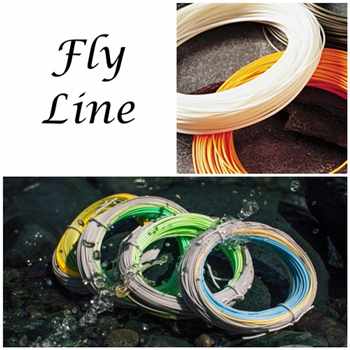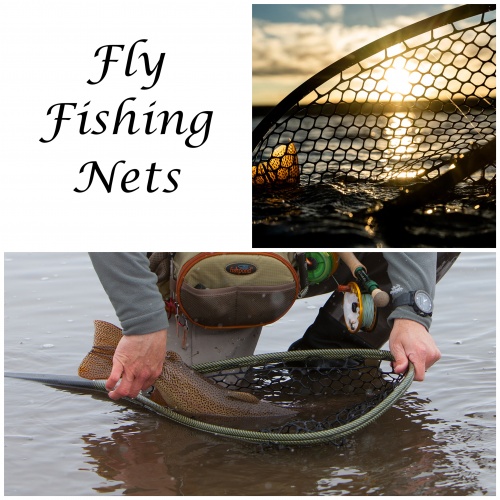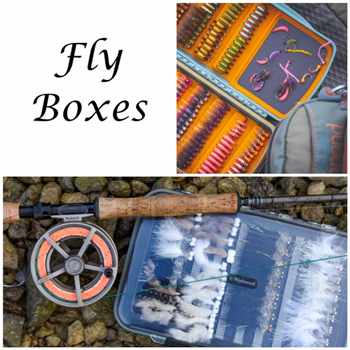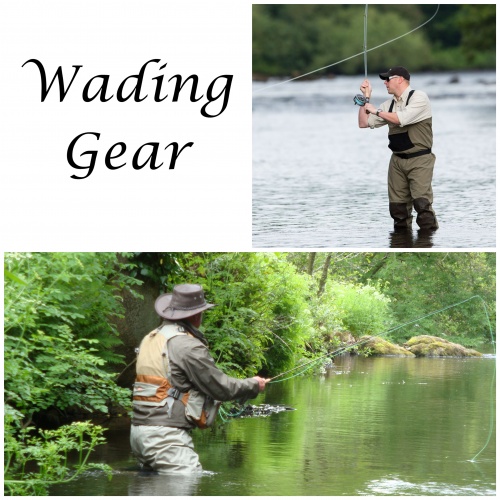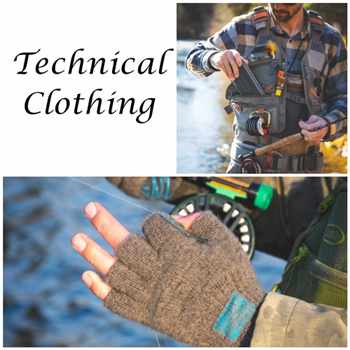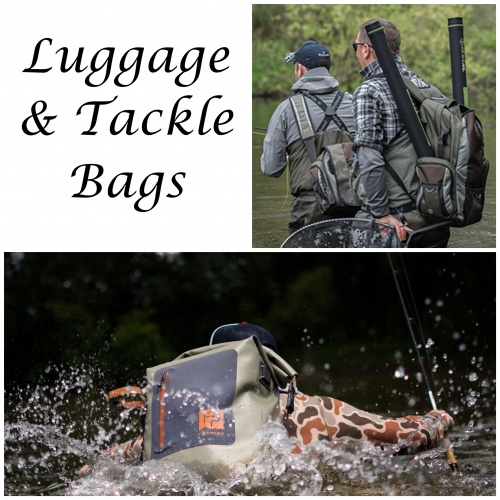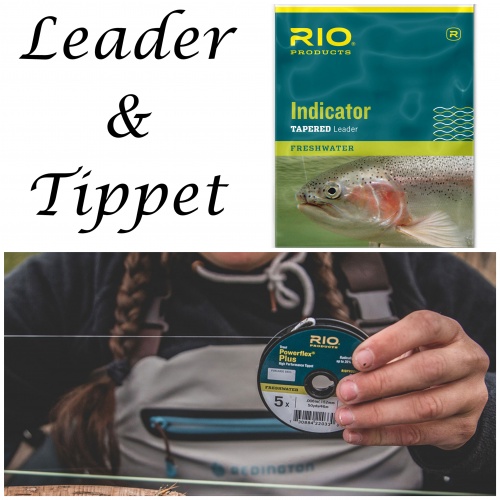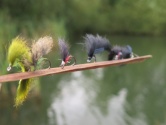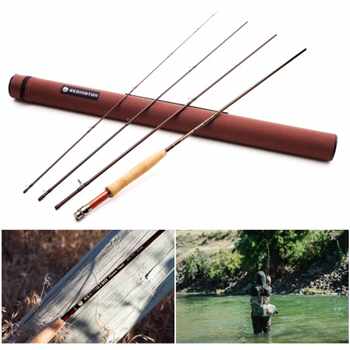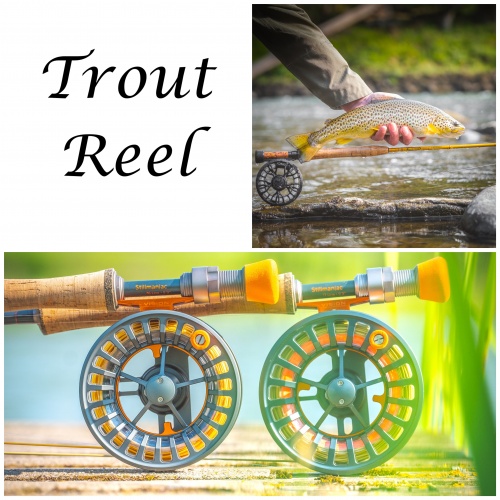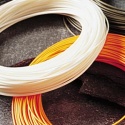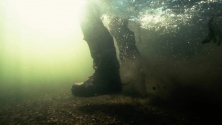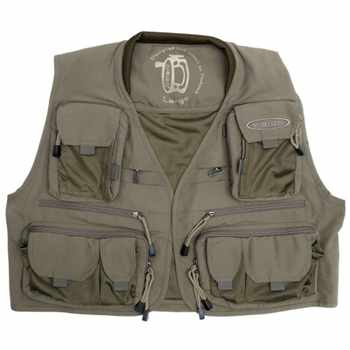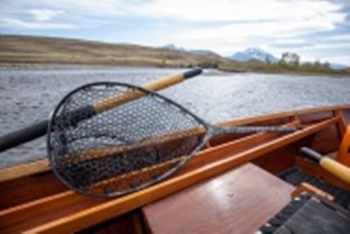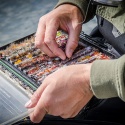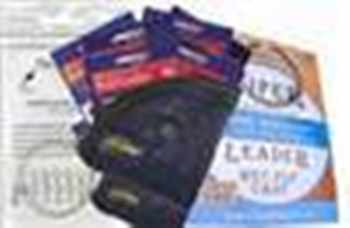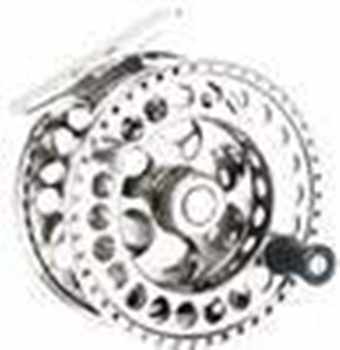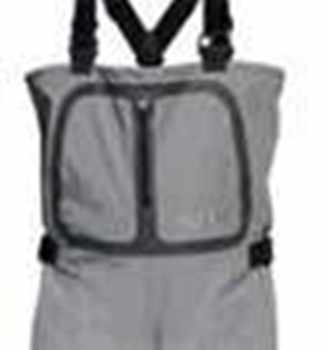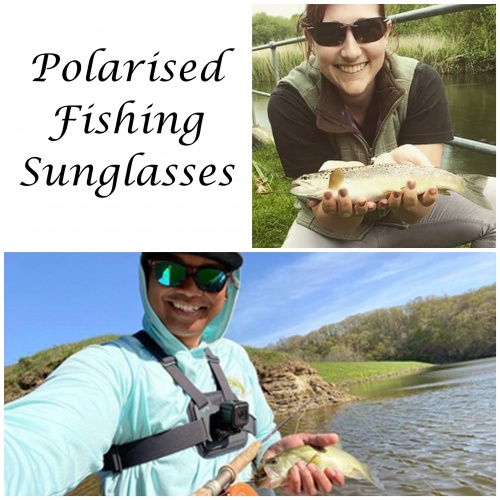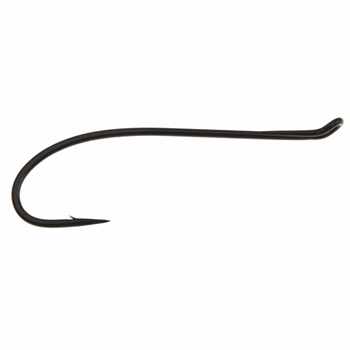Fly Fishing By Isaac Walton & Others
We know next to nothing about fly fishing between the publication of The Treatyse on Fysshynge with an Angle by Dame Juliana Berners (featured) and the end of the English Civil War (1642-1651). In spite of the bloodshed and the way it divided the nation and families, it also prompted a group of five men to write about fly fishing: Thomas Barker, Colonel Robert Venables, Isaac Walton, Charles Cotton and Richard Franck.
A typical fly fisherman of the period used a twisted horsehair line, tapered from seven or more hairs at the thickest part down to three hairs or less at the point, and all lines were home-made. While horsehair was the most commonly used, other material like pure silk, and silk/horsehair mixes were used on occasion. Typically, the line was fixed to the top of the rod, in which case the length was less than twice the length of the rod. Some anglers allowed the line run free through a loop at the tip of the rod. The free line was held in the angler's hand, or sometimes attached to a reel. Many fishermen made their own rods, often with a cane butt covered with thin leather or parchment, or painted after the fashion of the London makers at the time.
Charles Cotton used single handed rods up to a massive 18 feet long. But this was unusual, as and most rods would have been much shorter. As to materials, hazel was favoured, as it made a long light rod that could easily be managed with one hand. The last two feet of the top was cut off and a 'small shoot of black thorn or crab tree' fitted onto it. The end of the shoot was cut off in turn and replaced with a small piece of tapered whalebone. The reel was fitted onto the rod by a leather-padded (or padded with another material) spring clip which could be attached at any position on the butt.
Part two on Walton and others on fly fishing next blog.





